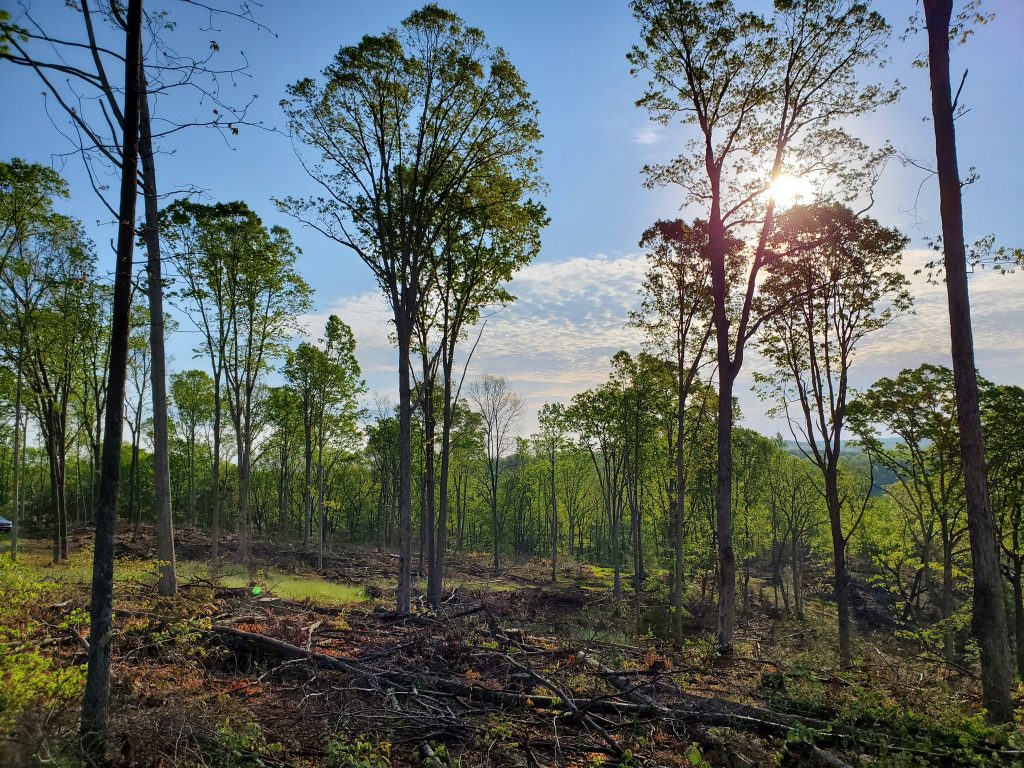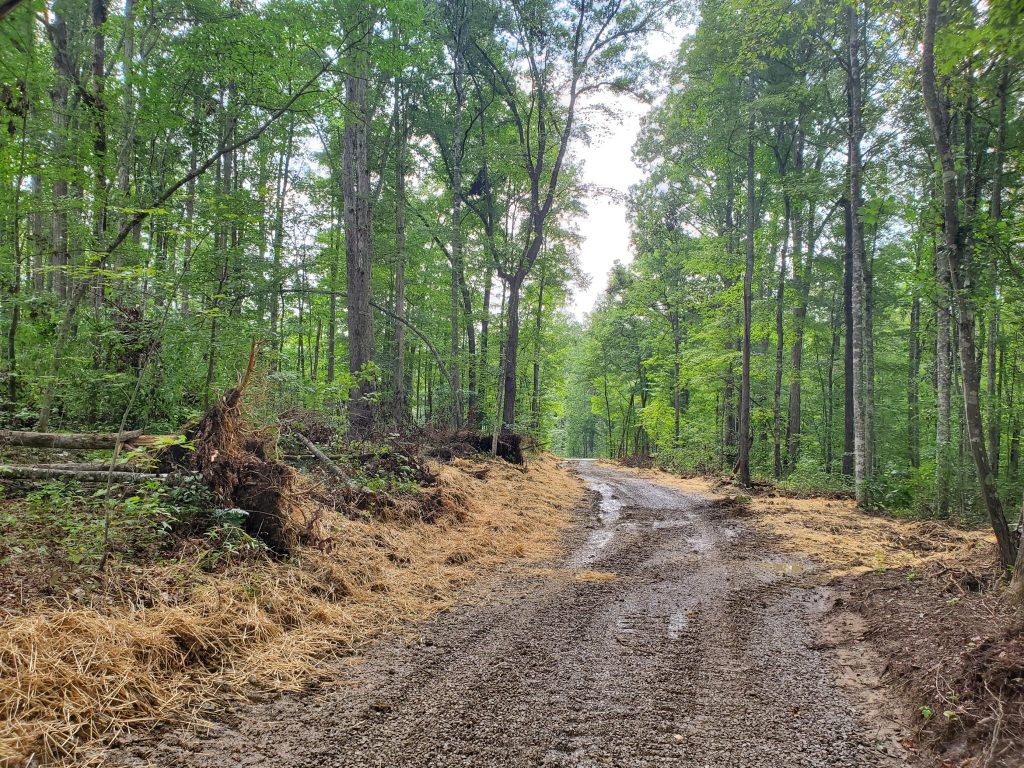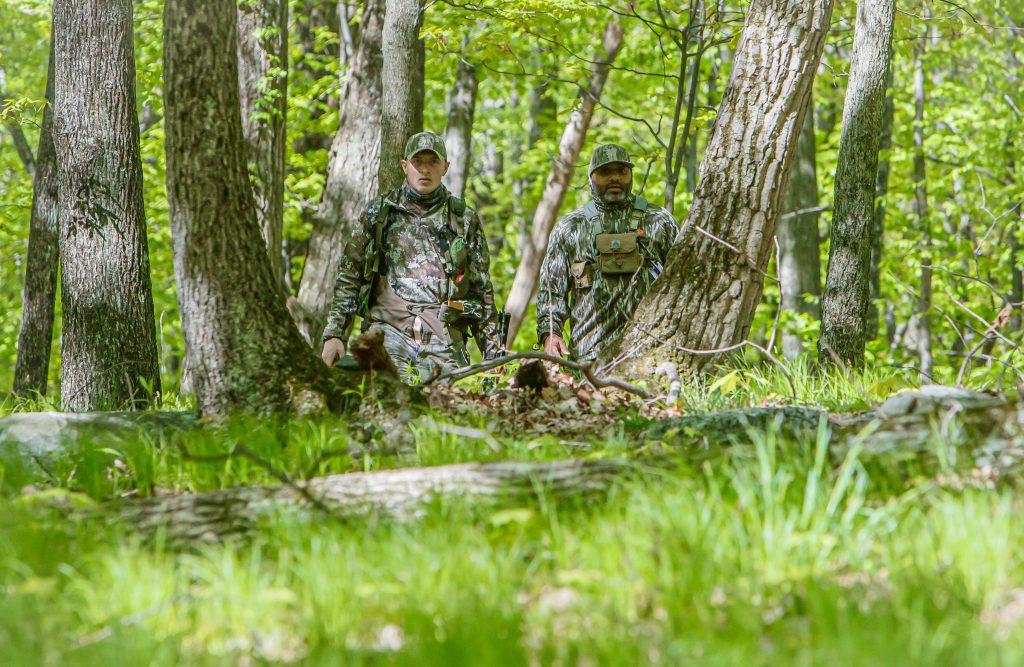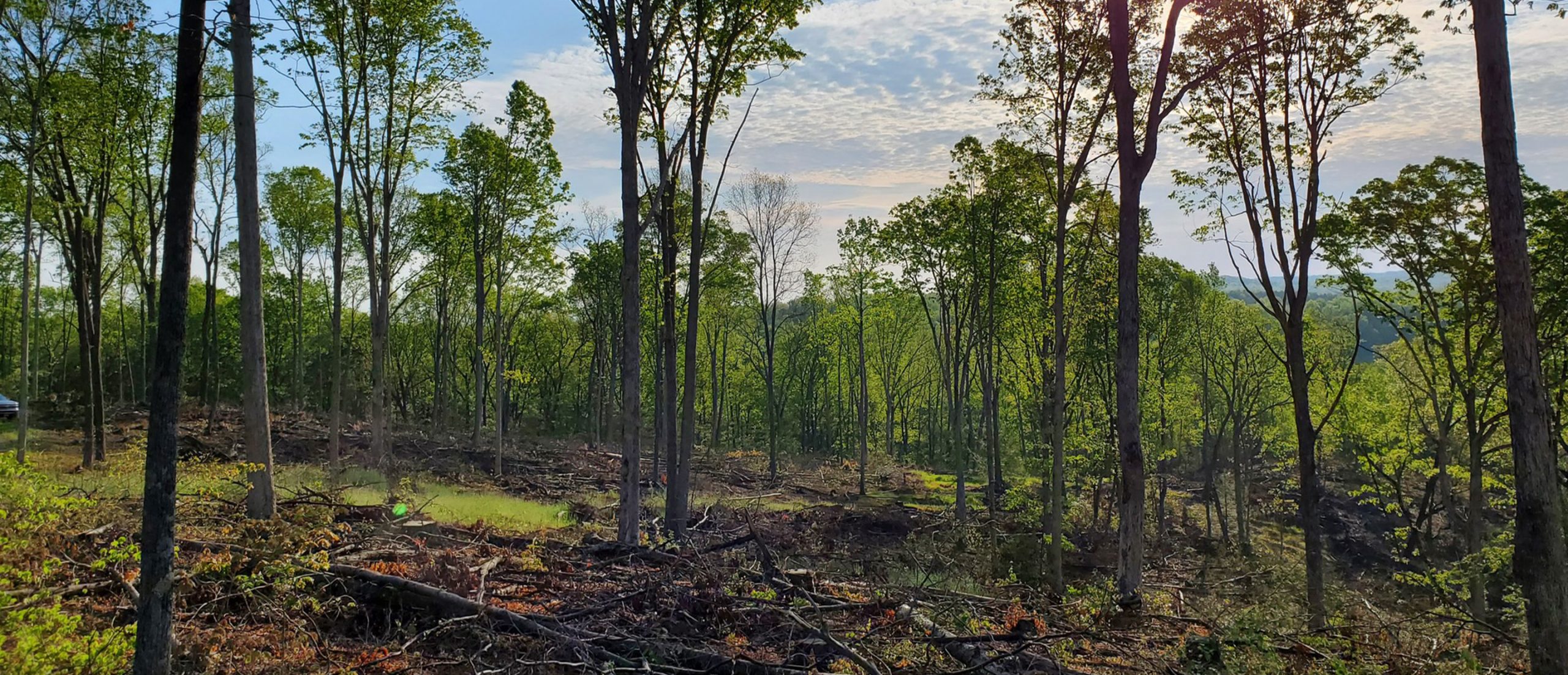Mighty Oaks From Little Acorns Grow
NWTF, White Oak Initiative work to ensure healthy oak forests for future generations.
White oak trees are a vital part of a healthy forest ecology, occupying more than 104 million acres of public and private forest land across much of the central and eastern U.S. The importance of these majestic oaks is difficult to overstate in terms of their economic and wildlife habitat impacts.
Sales of white oak trees generate billions of dollars annually, providing needed materials for furniture, flooring, cabinetry and the wine and spirits industry. In addition, white oaks are a key component of habitats supporting a diverse range of insects, pollinators, birds and mammals.

Their autumn acorns are an essential food for wildlife, helping animals build their levels of fat before winter. White oak acorns are particularly helpful in meeting a hen turkey’s nutritional needs, especially during the winter months as they prepare for the spring breeding and nesting season. Acorns contain high amounts of fat and carbohydrates, along with around 5% protein. Hens that can feed on acorns throughout the winter are in better condition when spring mating season comes, which in theory can increase recruitment potential with early or on-time nest initiation and larger clutch size per nest attempt.
Beyond nutritional value, white oak acorns taste good, containing less tannic acid than other oak species, making them milder in flavor and more desirable to turkeys, deer and other wildlife.
Individual white oak trees generally start producing acorns at around 30 years old. Trees with their crowns exposed to greater sunlight produce more acorns than those that are partially shaded. Having a healthy population of trees of various ages is critical to ensuring steady acorn production.
The Initiative Takes Shape
In 2017, representatives from the American Forest Foundation, the University of Kentucky and DendriFund, a Louisville, Kentucky-based nonprofit corporation with a focus on the “wood, water and grain” healthy natural resource essentials of the bourbon whiskey industry, met to discuss challenges to maintaining healthy white oak forests.
The White Oak Initiative formed over the course of ensuing meetings. While many organizations have worked to support white oaks, the White Oak Initiative assembled collective expertise, tapping diverse organizational and individual knowledge to create a comprehensive, strategic plan for longterm sustainability.
Hundreds of resource professionals and stakeholders — white oak-dependent industry representatives, conservation organizations, trade associations, universities and non-profits — helped develop the initiative’s Assessment and Conservation Plan. They did so largely by pinning down answers to straightforward questions. Simply: What do we need to do? Where do we need to focus? How are we going to get things done?
Today, the White Oak Initiative supports research on oak health, population, age, genetic diversity and economic impact. Technical assistance is available for both private and public landowners to encourage the growth and care of white oak forests.
Doug Little, NWTF director of conservation operations (East), serves on the initiative steering committee and calls NWTF a committed partner.
“Besides connecting us with partners that share in our interests to conserve and enhance oak-dominated habitats, our involvement helps NWTF stay updated on the most effective strategies for ensuring white oak and other oak species remain on the landscape for generations,” Little said.
A Host of Challenges
Mature trees currently dominate white oak forests, with younger trees and seedlings in significant decline. Feeding the problem are several issues, including the rise of invasive plant species and understory trees shading the forest floor, plus changing wood markets, insect pests, climate change and inadequate management. Research shows that existing white oak stocks are sufficient to meet commercial demand over the next 10-20 years, but studies point to long-term sustainability problems.
Since trees need 30 years to generate acorns and around 75-100 years to be suitable for lumber used in distillery/ winery barrels, management plans need attention now.
The Assessment and Conservation Plan outlines several factors adversely affecting white oak populations across its natural range. At the crux are land-use practices that have evolved over decades. For example, natural wildfires and prescribed fire were suppressed for many years by agencies and individual landowners, allowing fire-resistant understory trees like beech and maple to get a foothold in traditional oak forests. These trees shade the ground, inhibiting the growth of young oak seedlings. A lack of active forest management, including needed removal of competing species and thinning low-quality stands to allow other trees to reach their full potential, is also an issue. Decreased demand for products produced from other tree species also led to increased oak harvest, allowing other species to dominate the ecosystem. Climate change and the proliferation of invasive insects and plants such as cottony cushion scales, oak wilt and English ivy are also creating challenges for white oaks.

Deploying Solutions
Getting a handle on the many challenges related to white oak sustainability is one thing; deploying solutions that get valuable, timely assistance to individuals and agencies across both public and private lands is another.

The White Oak Initiative is moving forward in this regard, offering technical assistance that gets forest management plans built and implemented, connecting landowners with knowledgeable foresters. Experts help identify markets for smaller trees and other species to help defray management costs. Strategies and programs are customized for different geographical locations, sectors or audiences.
Derek Alkire, NWTF district biologist for Alabama, Kentucky and Tennessee, said the federation is “boots on the ground” with several projects and partnerships.
“One project with the USDA Forest Service in Tennessee’s Cherokee National Forest currently includes timber harvest of 276 acres, prescribed burns covering 280 acres and mastication (grinding) and day-lighting of 20 acres,” Alkire said. “We’re working with the Tennessee Wildlife Resources Agency and the USDA Forest Service, so this is truly an example of different agencies working together in partnership.”
That’s just one example. Perhaps the most striking facet of the initiative is its breadth of participation, according to White Oak Initiative Director Melissa Moeller, who notes, “It brings together end users of the product with private landowners, researchers, industry, state and federal agencies and conservation groups to help sustain white oaks into the future.”
This major collaboration had simple beginnings, apparently a simple walk in the woods to discuss the worrisome future of white oaks. As the saying goes, “Mighty oaks from little acorns grow,” … big things can come from small beginnings.
